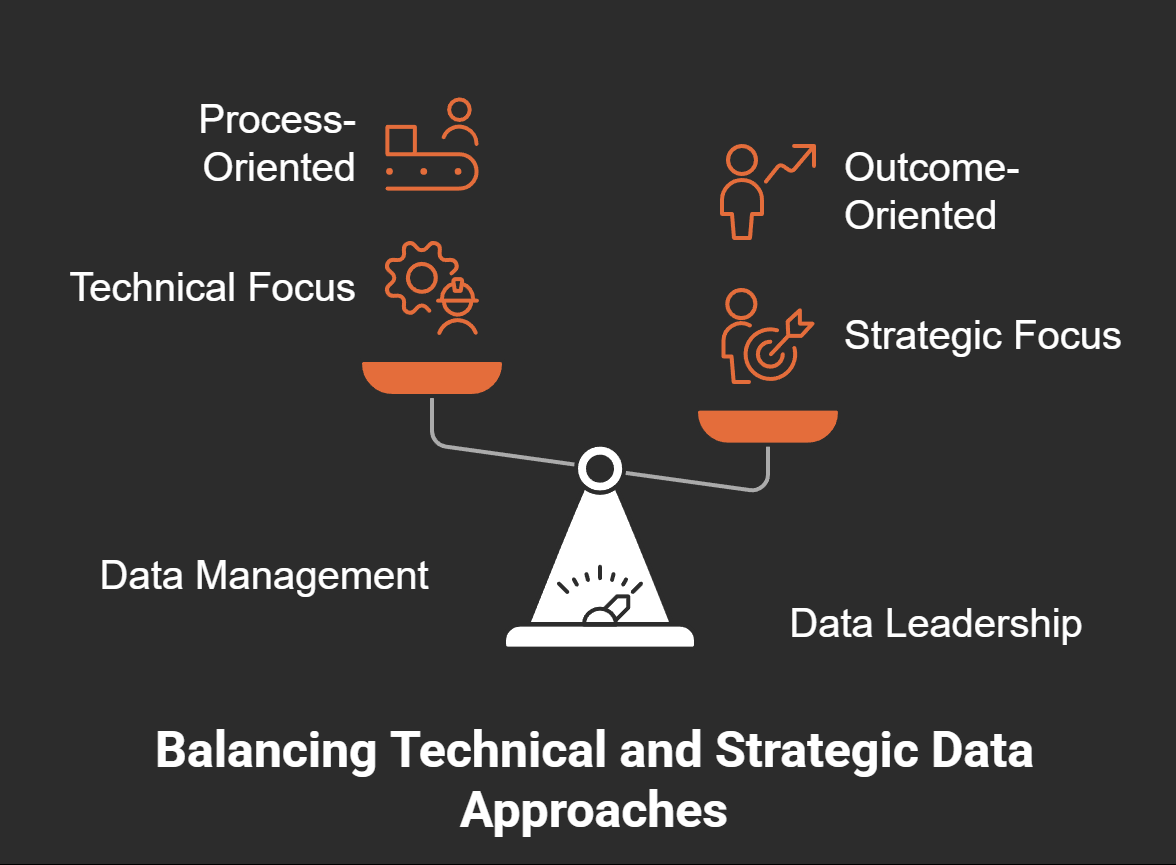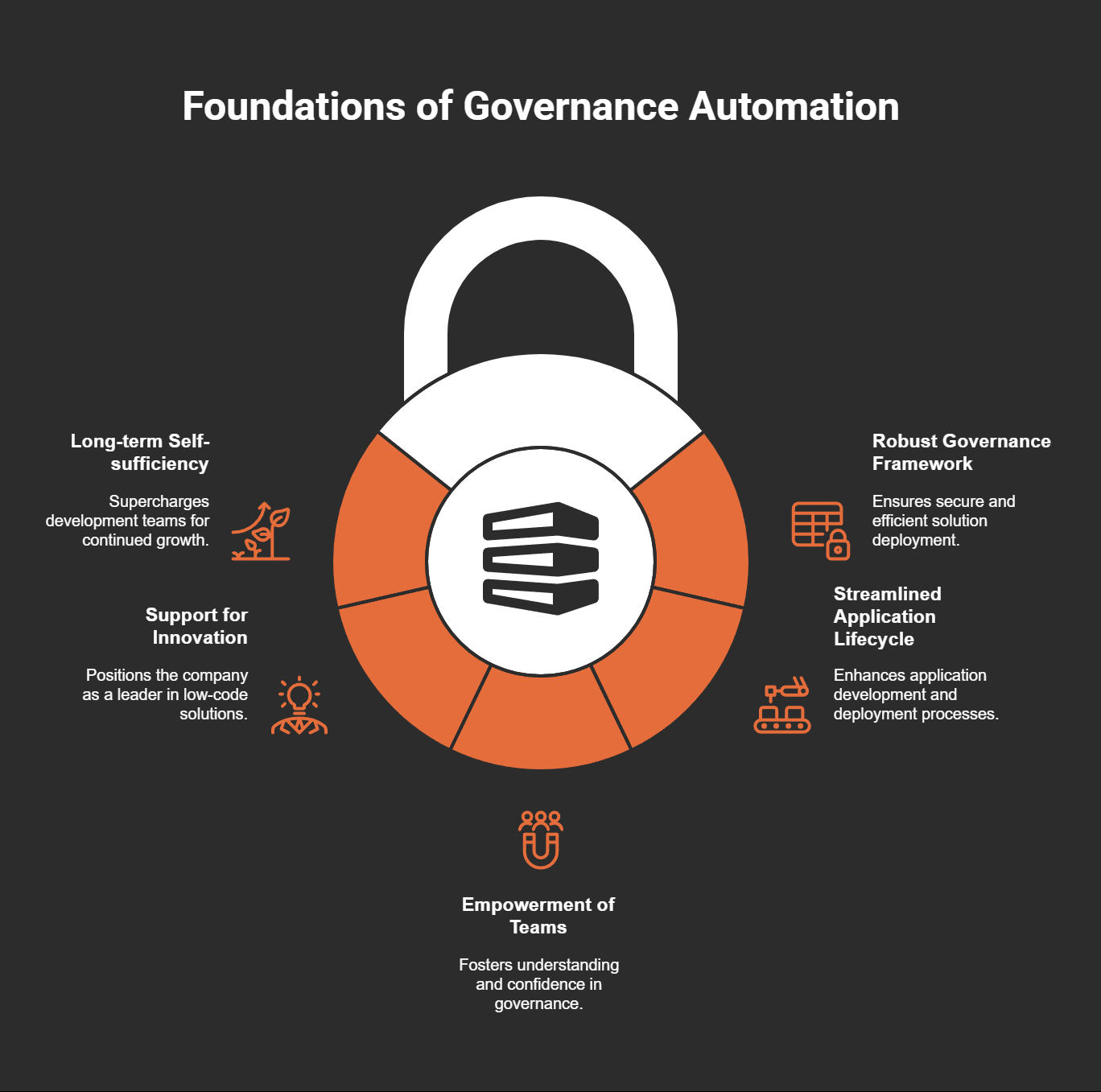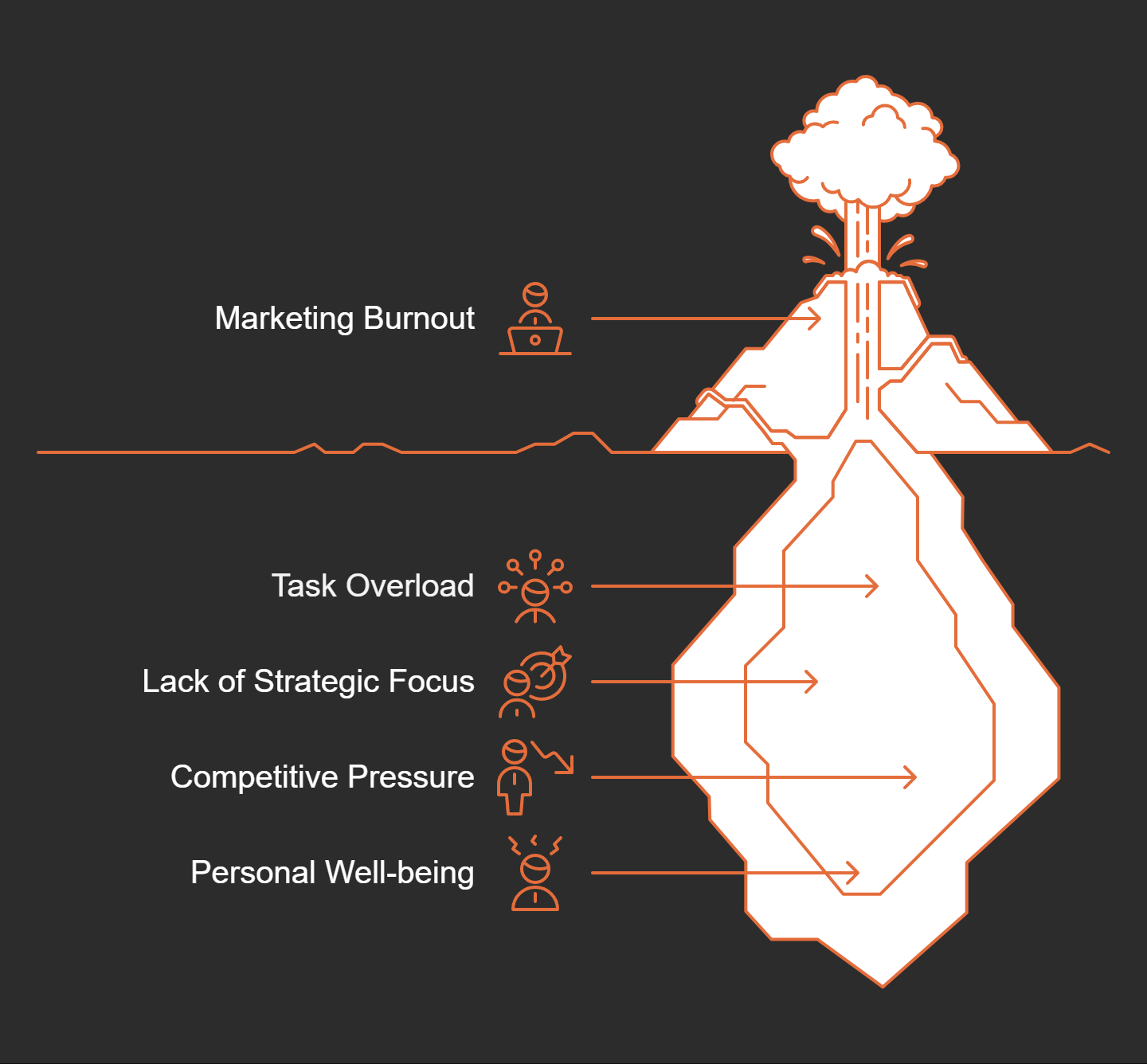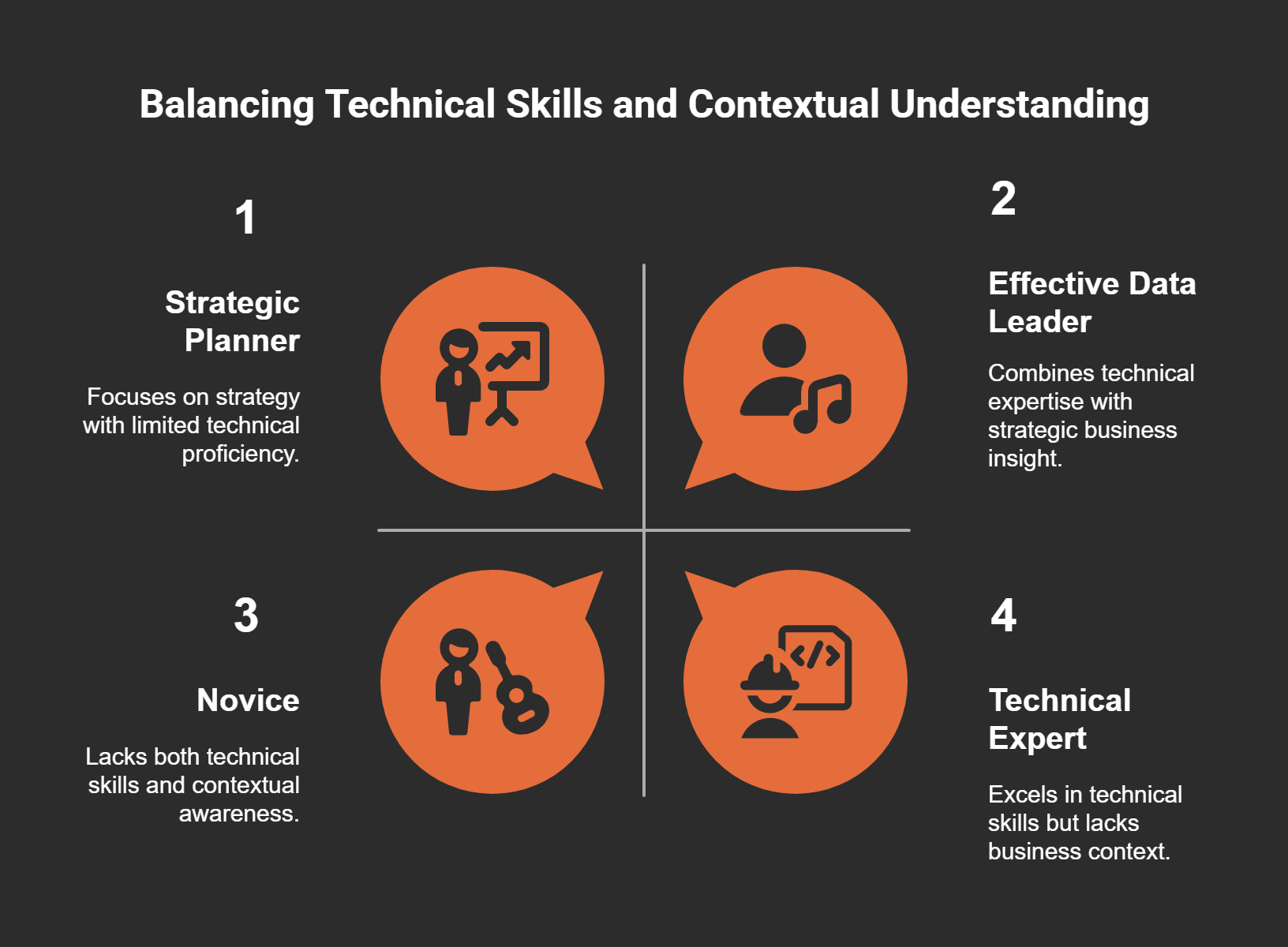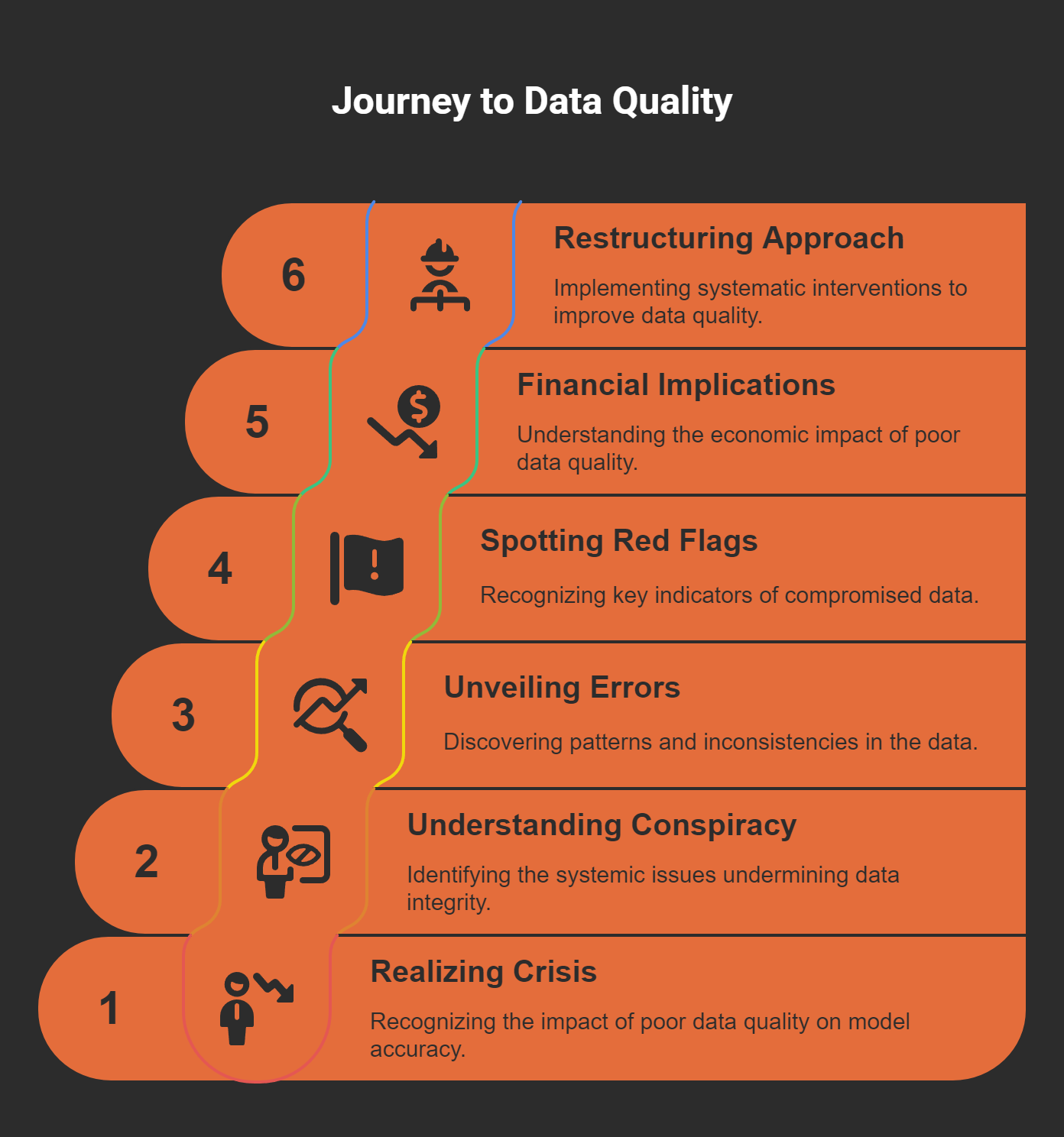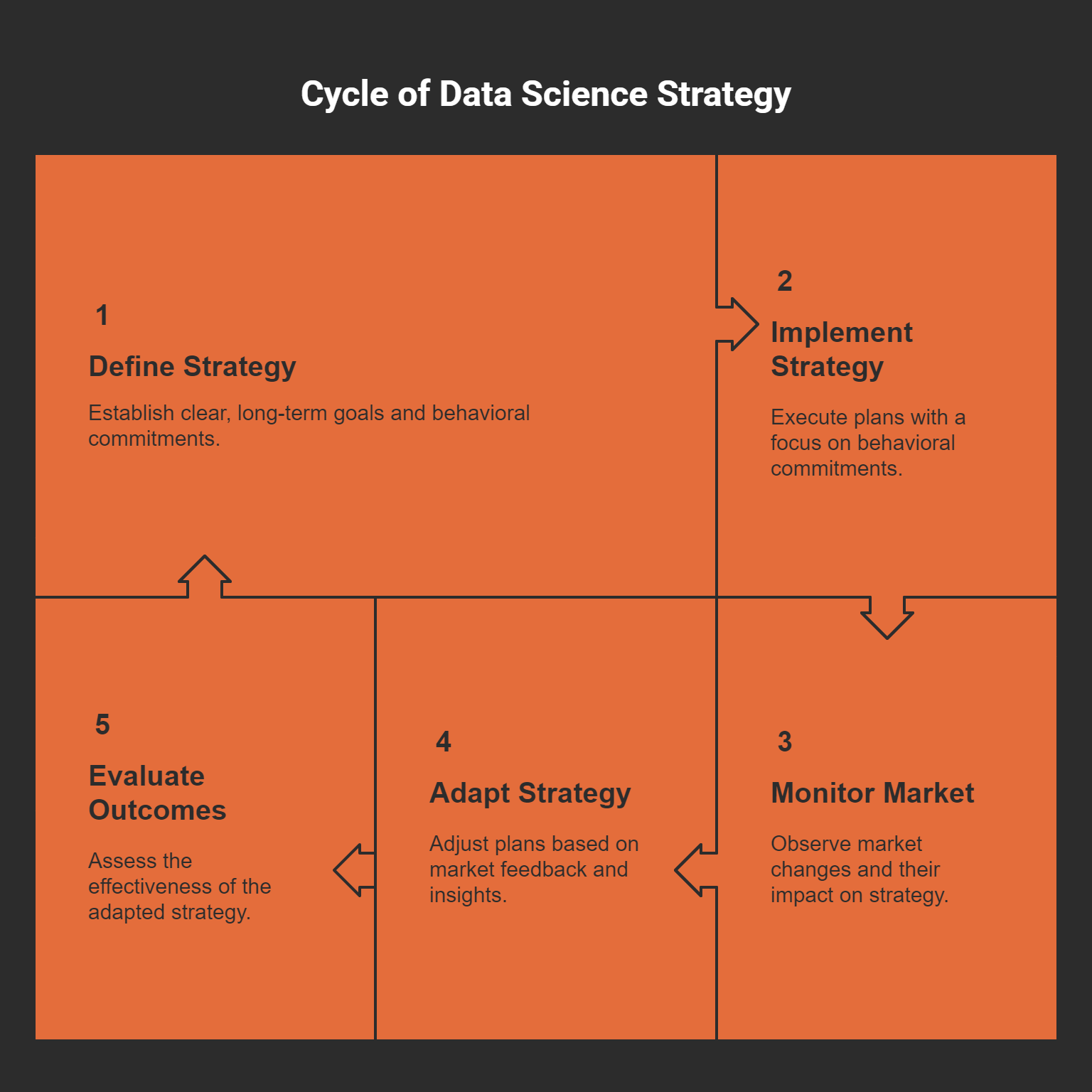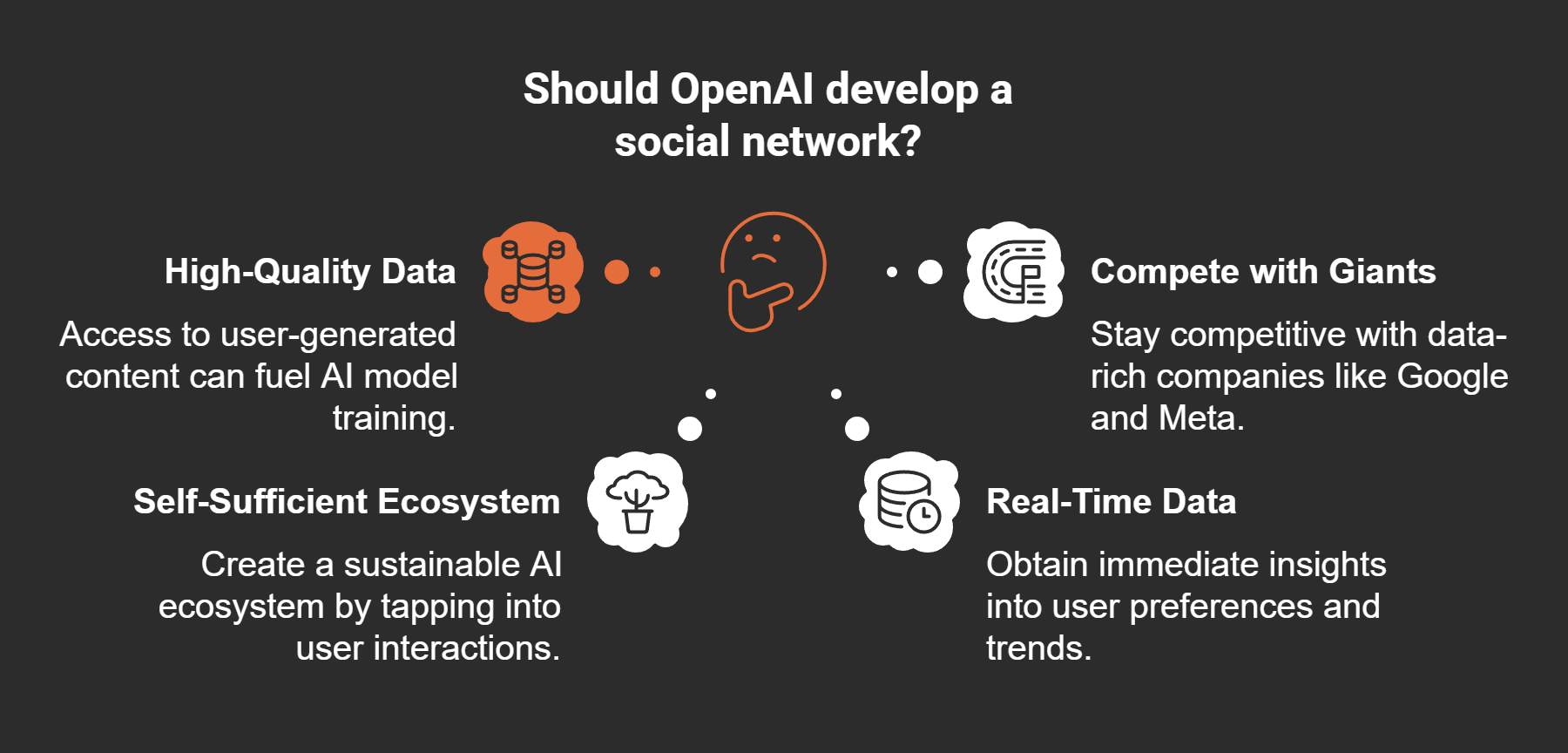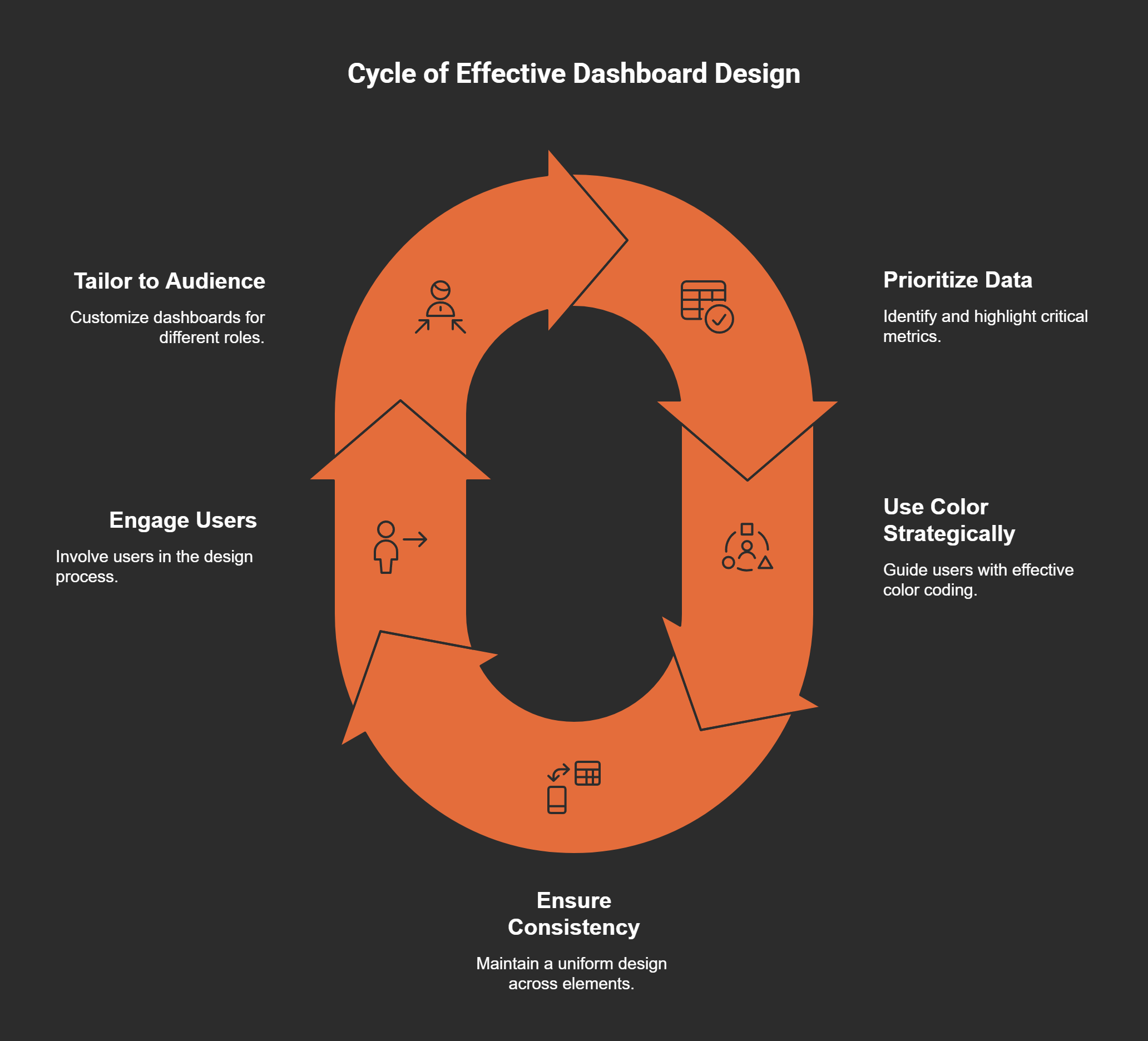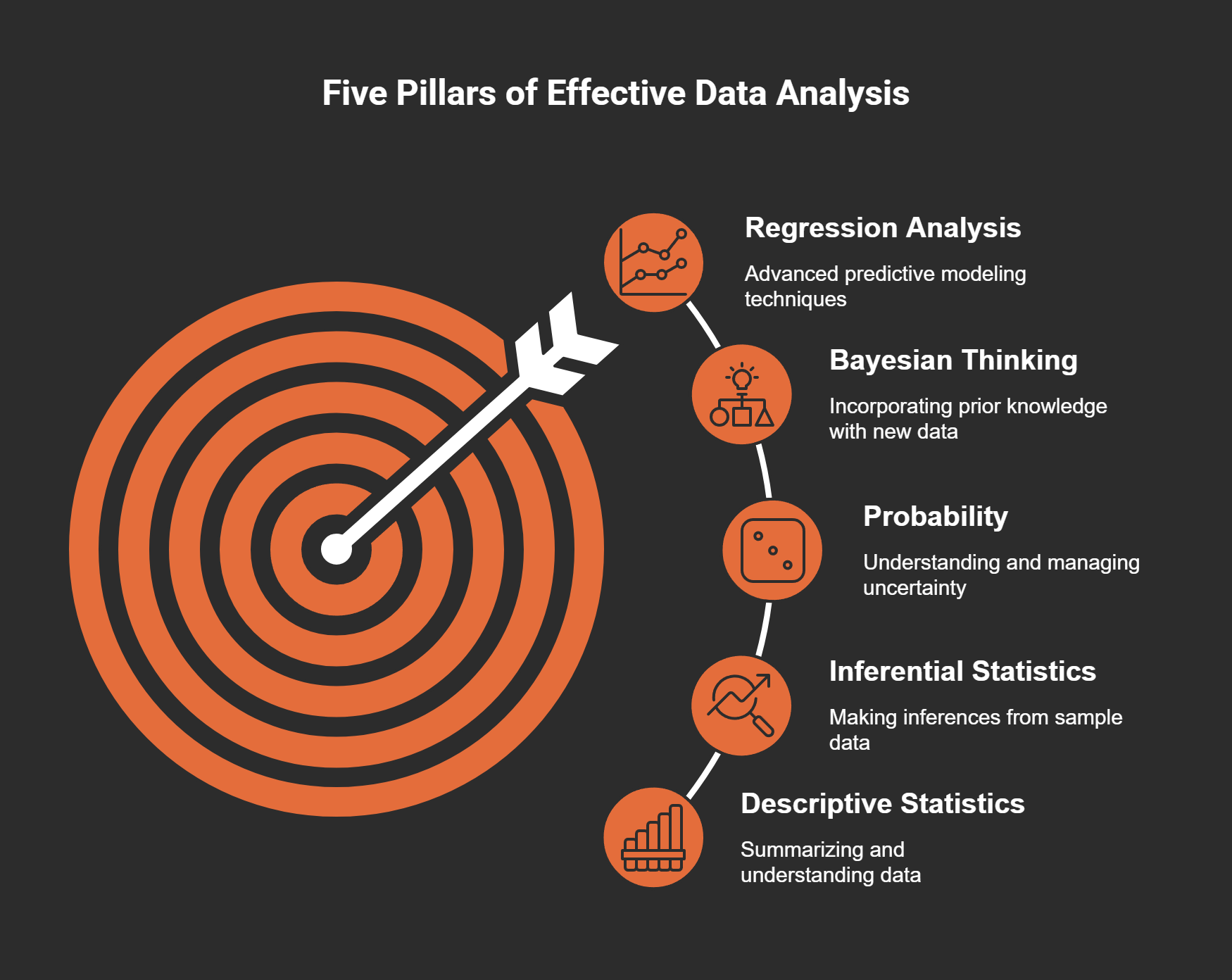Transform Your Career with the Seven Rings of Data Leadership
Description
Imagine pitching your data findings to a room full of executives, not met with polite nods but with an eagerness to reshape strategy based on your insights. This is the transformative power of data leadership. Despite the billions spent on data technologies, systems, and analytics, most organizations struggle to derive meaningful business value from their data. Drawing insights from my experience, I've identified a systematic approach to conquer this data leadership crisis through seven interconnected principles.
Understanding the Data Leadership Crisis
Have you ever wondered why so many data initiatives fail? It’s shocking, but data shows that 85% of data initiatives fail to deliver value. That’s a staggering statistic, isn’t it? It leads us to question what’s really going on in organizations today. Despite the vast amounts of data being collected, many companies find themselves overwhelmed yet starved for actionable insights.
The Growing Disconnect
The gap between data collection and actual business impact is widening. Why does this happen? Often, organizations get caught up in the technical aspects of data management. They celebrate milestones like launching new dashboards or analytics tools, but they rarely measure the true impact of these efforts on decision-making. It’s like buying state-of-the-art gym equipment but never stepping foot in the gym. As one CIO put it,
“We've built this incredible data lake, but I can't point to a single decision that's fundamentally improved because of it.”
Focus on Outcomes, Not Just Outputs
Many companies prioritize technical achievements over real-world outcomes. This misalignment can lead to wasted resources and frustration among team members. For instance, an organization might invest heavily in data infrastructure, yet they may not know how to leverage that data effectively to influence strategic decisions. This situation leaves executives feeling helpless, wondering where the promised value is hiding.
The Importance of Data Leadership
So, what can we do to bridge this gap? It starts with understanding the difference between data management and data leadership. Data management involves the collection, processing, and governance of data. In contrast, data leadership is all about maximizing the business value of that data. It’s not just about having data; it’s about using it wisely.
Let’s break down some key points that highlight this leadership crisis:
* Organizations are overwhelmed with data yet lack the insights needed to make informed decisions.
* Many companies focus on technical milestones without considering the impact on decision-making.
* The gap between data collection and business impact is increasing.
* Only 24% of professionals believe their organization effectively utilizes data.
Real-life Examples of Data Leadership
To illustrate the importance of data leadership, I can share a few examples. Consider a manufacturing company that transitioned its focus from technical accuracy in predictive maintenance models to more tangible outcomes like maintenance cost savings. This shift resulted in millions saved annually. The change came from a new data leader who understood that the goal was not just about having accurate data but rather about how that data could drive significant business results.
Another example is a data scientist at a financial services firm. Initially, she was focused on generating reports that went unused. However, when she started engaging with stakeholders, her work began to influence decisions that improved loan portfolio performance. This change shows how focusing on business outcomes can transform the way data is used within an organization.
A Call to Action
It’s clear that organizations must evolve their approach to data. We need to champion data leadership that prioritizes the connection between data and business outcomes. This involves not only gathering data but also ensuring that it is used to drive effective decisions. The future of data leadership lies in understanding the strategic implications of our data and fostering a culture that values actionable insights over mere data collection.
As we navigate this landscape, let’s remember that effective data leadership is a journey, not a destination. It’s about continuous learning and adapting to unlock the true potential of our data assets. Together, we can tackle the data leadership crisis head-on and pave the way for a future where data truly drives meaningful business impact.
Data Management vs. Data Leadership
In today's data-driven world, the terms data management and data leadership often get tossed around interchangeably. But they represent two very different concepts. Understanding this distinction is key for organizations striving to leverage data effectively for business success.
What is Data Management?
At its core, data management involves the technical aspects of handling data. Think of it as the foundation of a house. It includes:
* Ensuring data quality
* Storing data securely
* Processing data efficiently
Organizations often prioritize these technical elements. They invest in systems and tools that help manage vast amounts of information. However, this focus can lead to a disconnect. Why? Because while data management is crucial, it doesn't directly translate into improved business outcomes.
What is Data Leadership?
On the flip side, data leadership is about using data to drive measurable business outcomes. It’s less about the technical nitty-gritty and more about the big picture. Data leaders are those who can connect data capabilities with real business problems. They ask questions like:
* How can we use this data to enhance customer satisfaction?
* What insights can we derive that will impact our bottom line?
Successful data leaders possess a deep understanding of both data and the business context. They know that data isn’t just numbers; it’s a means to make informed decisions that can propel a company forward.
Bridging the Gap
Organizations often confuse managing data with leading it. This confusion can create a significant disconnect in strategic decision-making. For instance, a Fortune 500 CIO once lamented,
“We’ve built this incredible data lake, but I can’t point to a single decision that’s fundamentally improved because of it.”
This highlights a critical issue: many companies celebrate technical milestones, like launching dashboards, without measuring their actual impact on strategic decisions.
To truly harness data, organizations must shift their focus from mere management to leadership. This requires a fundamental transformation in how data is perceived and utilized. For example, consider a manufacturing client who shifted their focus under a new data leader. Instead of just tracking predictive maintenance models for accuracy, they began measuring tangible business metrics, such as maintenance cost savings. The result? Millions saved annually.
Case Studies and Real-World Examples
Let’s explore some case studies that illustrate this transformation:
* A financial services firm saw a data scientist shift from creating reports to engaging stakeholders. This move enhanced decision-making and improved loan portfolio performance.
* A retail company implemented data leadership principles, resulting in a 20% increase in customer retention through personalized marketing strategies.
These examples highlight a vital point: developing data leadership isn’t just for those with “data” in their job title. Anyone involved in data processing can adopt these leadership principles, making a significant impact.
The Seven Rings of Data Leadership
To deepen our understanding, let’s look at the seven rings of data leadership. These competencies connect data expertise with business outcomes:
* Aligning business needs with data capabilities: Ensure the right problems are being addressed.
* Proving data impact: Demonstrate how insightful work influences metrics that matter to leadership.
* Assembling high-performing teams: Create a mix of communication skills and business understanding.
* Driving model-driven decision-making: Identify key decision points where data enhances value.
* Building trust in data: Address quality issues and ensure consistent definitions.
* Identifying ethical risks: Assess the implications of data usage.
* Influencing with clarity and purpose: Convert insights into actionable strategies.
By focusing on these rings, organizations can bridge the gap between data management and leadership. They can create a culture where data is not just managed but is actively leveraged to drive business success.
In conclusion, the journey from managing data to leading with it is not just a shift in perspective; it's a necessity. Organizations that embrace this transformation will find themselves better equipped to navigate the complexities of the modern business landscape.
The Seven Rings Framework Defined
In the world of data leadership, understanding the nuances of effective data management is essential. The Seven Rings Framework is a powerful model designed to elevate b

